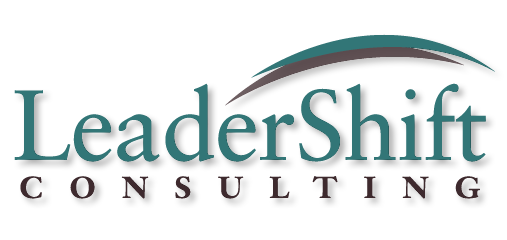Leading In The Eye of the Hurricane (Part 3): Confronting What’s Happening Now
This is the third installment of my five-part series on crisis leadership. The premise of the series is that leading in times of crisis (disruptive change) requires, to quote Liam Neeson, “a very particular set of skills.” This post examines another of those important capacities.
First, a quick recap. The word ‘crisis’ comes from a Greek word meaning ‘separation.’ We normally think of a crisis as something terrible. But it’s actually any cataclysmic event that separates “what is” from “what used to be.” Crisis shakes up our habitual notions of reality, identity, meaning, possibility and what/whom we can trust. You may see the Presidency of Donald Trump as the edge of Doomsday or a floodgate of opportunity. Either way, this is a time of crisis, in the sense that it’s a profound separation from what has been. And you are leading in it.
In Part 1 of this series, I mapped out four essential tasks for crisis leadership: catching one’s breath; confronting what’s happening now; connecting to what’s essential and enduring; and charting the next right step.
Part 2 focused on the first of those tasks: catching one’s breath. Catching your breath requires pulling yourself out of the fray and into the eye of the storm, where the winds are quiet and the skies are clear. Getting centered is counterintuitive when the world is going haywire. But catching your breath is crucial, because it’s hard to lead others when you’re breathless.
This post zeroes in on the second task: confronting what’s happening now.
Because crisis disrupts what we’ve known and relied on, it challenges how we think about ourselves and our world. So in times like this, leaders need to help their team to get grounded and to differentiate reality from the predictable hallucinations of fear.
Fake news, fact-as-opinion and partisan information bubbles make it very challenging to get an accurate picture of reality. Here are a few tips for getting your bearings in the swirling hurricane of change.
- Adopt a “beginner’s mind.” In chaotic times, it’s natural to try to minimize confusion. But the danger in that is that you might miss critical information. Navigating crisis requires leaders to model the ability to stay curious, keep learning, and adjust as you go. Try not to assume (or let others assume) that you know how this situation is going to go. Beware of over-simplifying a complex and nuanced reality. Take care not to shut down to perspectives or people that you disagree with. Stay open.
- Engage your stakeholders. Don’t make assumptions about what your customers, suppliers, competitors, employees and bosses are experiencing. Ask them – and let in what they’re telling you.
- Get educated. If your business is affected by pending legislation, read the bill itself, rather than relying on legislators’ or media’s interpretations. Consult legitimate media sources on the left and the right. If you’re wondering if media reports are accurate, here’s a link to an article by FactCheck.org on how to spot fake news.
- Look at objective measures. Facts are the best stars by which to navigate this new terrain. But since “facts” have become a matter of opinion, make sure that the methodology by which the measures were arrived at are sound.
Once you gather information about what’s happening now, you have to make sense of it intellectually. Involving your team in this process is a great way to get everyone engaged, out of denial and up to speed. Here are examples of questions you can ask:
Based on what we’ve read, heard and experienced…
- What do we know?
- What do we not know, and when/how will we find out?
- What do our data indicate will be the most likely outcomes?
- What are the opportunities and threats of those outcomes?
- What contingencies should we be preparing for?
The last, and perhaps most difficult, aspect is confronting what’s happening at an emotional level. Disruptive change has a profound impact on us personally, and failing to deal with these impacts is often what inhibits our ability to adapt. Here are some questions you can use to confront the new reality at a personal level:
- How does this all affect me? How does it affect us?
- What do I/we need to confront about the world or ourselves to really let this information in?
- How do we feel about what we know? What emotions does it stir in us?
- How might our emotions and reactions be clouding our view or impeding our progress? How might we manage that?
- How can we leverage our emotions to foster positive action?
One of the greatest temptations in crisis is to jump to action. Sometimes, immediate action is exactly what’s called for. But often, that impulse to act is rooted in a desire to escape discomfort. Taking the time to catch your breath and to critically assess what’s happening can help you take action that is rooted in reflection, vs. in reactivity.




I am so honored to know you, Leslie; you are insightful, grounded, a terrific writer, and an inspiration. Thank you for this!!!
Cari, thank you so much for your kind comment. The honor is mutual.
very consyructive!